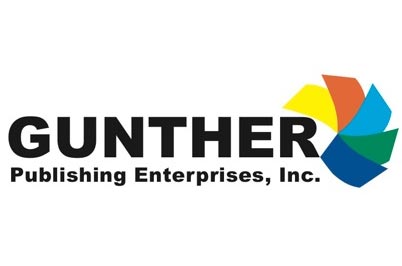By Pam Teel
Logos are a graphic mark, emblem, or symbol commonly used by commercial enterprises, organizations and even individuals to aid and promote instant public recognition. Logos are either purely graphic (symbols/icons) or are composed of the name of the organization. In common usage, a company’s logo is today often synonymous with its trademark or brand.
Even before global marketing campaigns, television commercials, and social media, a company’s logo has been important. Over time, as businesses and consumers have changed, most major companies have also changed their logos dramatically. Still, some logos have had incredible staying power and have lasted for decades or even hundreds of years. The world’s oldest logos have all retained some core visual element, although several have been noticeably altered.
Take the Shell Oil Symbol for example. This company goes as far back as 1833. Their logo was first used in 1904. In 1891, Marcus Samuel and Company began shipping kerosene from London to India, bringing back seashells for sale in the European markets. Initially, the seashell business was so popular that it accounted for most of the company’s profits. Samuel incorporated the name “Shell” in 1897 and designated a mussel shell as its logo. In 1904, a scallop shell became the official logo. In 1907, Shell merged with the Royal Dutch Petroleum Company, retaining the logo that remains synonymous with the oil conglomerate. In 1915, Shell opened its first service station in California, introducing the red and yellow color scheme that is still in use. Today, Shell is one of the world’s largest energy companies, with a market value of nearly $260 billion and a logo recognized worldwide.
Logos are a basic part of business promoting. As the organization’s major graphical representation, a logo grapples an organization’s image and turns into the absolute most unmistakable indication of the organization inside of the objective business sector. It is difficult to build up yourself in the marketing world without a logo. Logo designing for a company is similar to a mental shortcut to an item or organization. Exactly how regularly do you perceive an auto from its make, as opposed to the ever display logo on the guard or in front?
Your logo makes your image. In the corporate world, “Picture” is everything. The power of the logo lies in its visual nature. Studies have demonstrated that individuals perceive and identify with pictures speedier then content.
Be that as it may, the business sector is overwhelmed with Logos. It is completely vital, in this manner, for a logo to have a significance, to present something particular and one of a kind to the intuitive personality of the buyer, to separate it from whatever is left of the opposition. The meaning of logo is quite similar to an icon or emblem that symbolizes an idea or message to others.
Most of the best logos in the music industry come from the world of classic rock. Take the band Kiss for instance. The Kiss Logo was designed by lead guitarist, Ace Frehley, first appearing on the band’s second album. The Kiss logo has been a cornerstone of the Kiss legend ever since. The double SS’s Frehley drew were meant to resemble lightning bolts, but in Germany and other places in Europe, they looked too much like the insignia of the Nazi’s SS. Due to much controversy and the fact that it is illegal to display the Nazi Insignia anywhere in Germany, the Kiss logo displayed on its merchandise was revised to look like normal backward z’s. It has remained the original way in the U.S.
Originally known as Wicked Lester, the band decided to change the name shortly after Frehley joined the group. After many nights of brainstorming, Peter Criss recalled an earlier band he was in called Lips, and from that they came up with the name Kiss.
This iconoclastic logo is generally recognized as one of the best logos of all time and has been licensed for use on a massive amount of merchandising, gizmos, and trinkets. Kiss has licensed its name on more than 5000 product categories, from lunch boxes, to comic books, to credit cards, grossing nearly a one billion dollar business.

